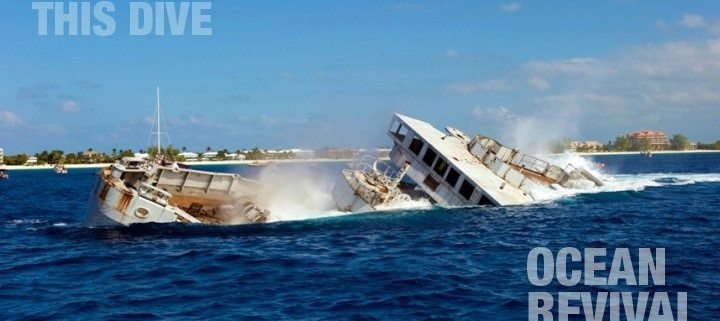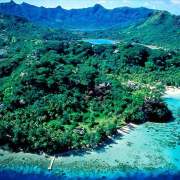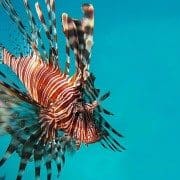Ocean Revival
I’m beginning to believe there may be seawater in my veins. My earliest childhood memories have me gazing out over the vast Pacific Ocean, tide pools were my playground, and my bus stop for school stood on the side of scenic Highway 1 on the California coast between Carmel and Big Sur. As an adult, I confess that spend a disproportionate amount of time researching and dreaming of amazing travel destinations, almost all of which seem to be located on the water. A recent search led me to a new underwater park in Southern Portugal… yes, you read that correctly, an underwater park.
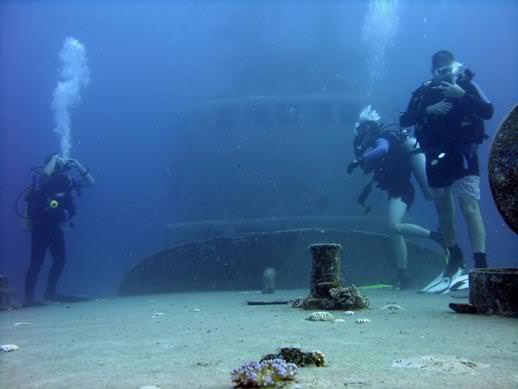 Created by the MUSUBMAR Association, a non-profit association created to promote and develop the underwater tourism industry in Portugal, the Ocean Revival project is the worlds largest artificial reef structure. In accordance with OSPAR Convention rules, four decommissioned vessels from the Portuguese Navy were cleaned of all environmentally hazardous materials or dangers for divers. The ships were then deliberately sunk, one-by-one, to create an artificial reef in an area with ideal conditions for the proliferation of marine life.
Created by the MUSUBMAR Association, a non-profit association created to promote and develop the underwater tourism industry in Portugal, the Ocean Revival project is the worlds largest artificial reef structure. In accordance with OSPAR Convention rules, four decommissioned vessels from the Portuguese Navy were cleaned of all environmentally hazardous materials or dangers for divers. The ships were then deliberately sunk, one-by-one, to create an artificial reef in an area with ideal conditions for the proliferation of marine life.
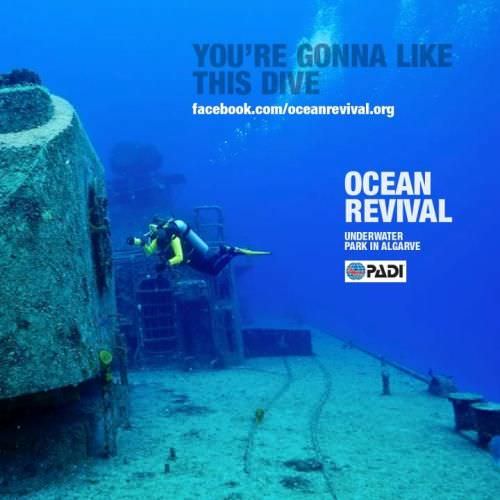 Curious about artificial reefs and their affect on the environment, I decided to dig a little deeper. In an article by the National Geographic Society, University of Tel Aviv marine biology professor Yehuda Benayahu, who studies artificial reefs in the Red Sea, stated, “When a ship sinks, it immediately becomes shelter for marine organisms. Such habitats provide new food sources, greater protection for juveniles, and more space for settlement.” The artificial reefs that are a part of Dr. Benayahu’s research studies include sunken ships ranging from 16 to 130 years in age. Many of the artificial reefs are located near natural reefs, enabling the scientists to compare the two environments at various stages of reef development.
Curious about artificial reefs and their affect on the environment, I decided to dig a little deeper. In an article by the National Geographic Society, University of Tel Aviv marine biology professor Yehuda Benayahu, who studies artificial reefs in the Red Sea, stated, “When a ship sinks, it immediately becomes shelter for marine organisms. Such habitats provide new food sources, greater protection for juveniles, and more space for settlement.” The artificial reefs that are a part of Dr. Benayahu’s research studies include sunken ships ranging from 16 to 130 years in age. Many of the artificial reefs are located near natural reefs, enabling the scientists to compare the two environments at various stages of reef development.
With the steadily increasing popularity of scuba diving and the increasing accessibility of recreational diving, many scientists have expressed concerns about the strain it may cause coral reefs and their inhabitants. U.S. National Oceanic and Atmospheric Administration scientist Mark Eakin points out, “The presence of artificial reefs as an alternative dive site can reduce the stress placed on the natural reefs… in many cases, artificial reefs will decrease the total dives on natural reefs.”
Well-planned artificial reefs, like the Ocean Revival site, can actually be beneficial to the environment.
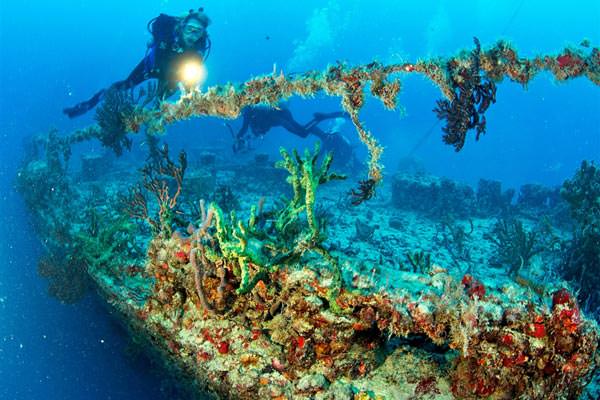 The Ocean Revival project was founded on “the belief that sustainable tourism is a viable way to protect bio-diversity and the preserve the environment.” The dive site, which opened in late 2012, is located in an area of southern Portugal called the Algarve. This area is unique in that it is situated where the waters of the Mediterranean Sea and the Atlantic Ocean mingle. Good weather and clear, calm water prevail for most of the year and as a well-established vacation area there are a number of tourist attractions for those who don’t scuba dive. Dive operators in the area offer a broad range of services from introductory dive certification classes for new divers to less structured tours for advanced divers.
The Ocean Revival project was founded on “the belief that sustainable tourism is a viable way to protect bio-diversity and the preserve the environment.” The dive site, which opened in late 2012, is located in an area of southern Portugal called the Algarve. This area is unique in that it is situated where the waters of the Mediterranean Sea and the Atlantic Ocean mingle. Good weather and clear, calm water prevail for most of the year and as a well-established vacation area there are a number of tourist attractions for those who don’t scuba dive. Dive operators in the area offer a broad range of services from introductory dive certification classes for new divers to less structured tours for advanced divers.
Learn more about OceanRevival and their amazing work.

